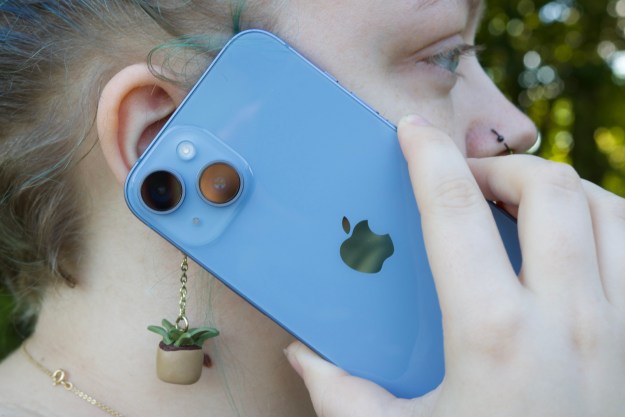
A new white paper from Rubicon Consulting reports some surprising results of a survey of 460 randomly selected U.S. iPhone owners. Would you believe that fully a third of iPhone owners carry a second phone, either for voice calling or for functions like email? And that about half of all iPhones purchased replaced a conventional mobile phone—with 23.8 percent of those being Motorola RAZRs?
Rubicon’s survey found the iPhone owners are “relatively youthful technophiles” under the age of 30, and that the most heavily used data function on the iPhone is reading (but not composing) email. About three quarters of iPhone users said it has led them to do more phone-based Web browsing, about about 40 percent of users reported the iPhone had trouble displaying some sites (which Rubicon attributed to the iPhone not supporting Adobe’s Flash technology). Perhaps more interestingly, about a quarter of iPhone users reported the iPhone is displacing a notebook computer in their lives: 28 percent reported they “often” carry their iPhone instead of a notebook computer. Rubicon also concluded that about one iPhone in ten has been “jailbroke”—unlocked to operate on a wireless network other than AT&T. Some 47 percent of iPhone owners reported that they changed wireless carriers to use the iPhone.
Rubicon’s finding that some 23.8 percent of iPhone owners who replaced another phone got rid of a Motorola RAZR has some interesting implications: Rubicon attributes the large number of users ditching RAZRs for iPhone to the RAXR’s previous earlier popularity. It’s also likely that many RAZR owners were coming to the end of their two-year contracts and were prime to make a switch to a new handset. But perhaps more interesting is that, feature-wise, the RAZR was basically a run-of-the-mill phone with popularity built largely on its slim form factor and fashionable styling. The iPhone, therefore, would seem to have some cache with mobile users looking for a fashionable phone—and that’s even before the iPhone 3G was looming on the horizon.
Editors' Recommendations
- This is the iPhone concept of my dreams
- A big iPhone update is right around the corner
- Best iPhone 15 deals: How to get Apple’s latest iPhone for free
- I found an amazing new way to use my iPhone 15 Pro Max
- One of the most iconic iPhone accessories is back — and it’s great


